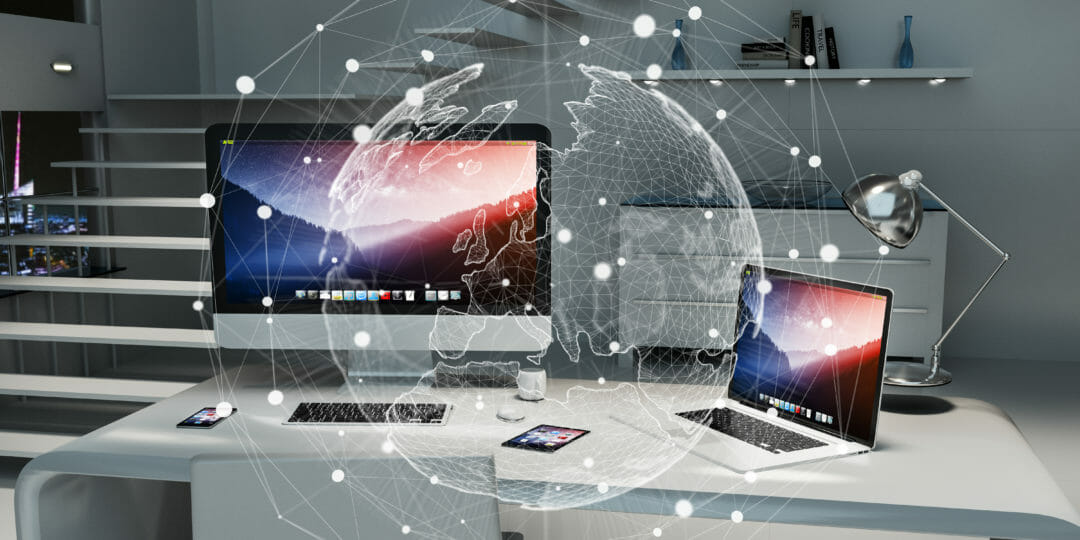As you’ve learned from the first article in this two-part series — “Three digital workplace challenges CIOs face” — CIOs face multiple challenges when it comes to implementing and maintain the digital workplace. Meeting these challenges while keeping an eye on continuously advancing innovation, is even harder.
With a digital workplace, the devil is in the details. Whether you’ve got a highly risk-averse organisational culture sitting in a regulated industry or you have an entrepreneurial CEO with a higher tolerance of risks, CIOs shouldn’t be forced to compromise on risk and compliance issues in order to deliver a strong user experience.
Below are some recommendations that can help CIOs to stay on track and avoid unnecessary stress when overcoming these challenges.
The CIO has “to be a little bit of everything” and focus on the business
Be GDPR and data-privacy ready
For organisations that have already done the legwork on GDPR for employee and data privacy compliance, it’s still important to ensure that any new application or platform that is installed is GDPR and data privacy-ready and doesn’t complicate or compromise any arrangements already in place. The key to addressing this is making sure the employee experience solution does not store employee data permanently, keeping existing identity management arrangements and extending these arrangements to the mobile apps that employees use.
Protect sensitive data
For some regulated industries, cybersecurity and information security are also central to fulfilling legal, regulatory or professional commitments. An organisation’s content and files are also likely to have varying degrees of sensitivity across an organisation. Protecting sensitive data so only the right people can see it is an important step in preventing data breaches.
CIOs need to focus on supporting existing identity management and password policies, such as multi-factor authentication, and preserve the permissions for content on-premises, in the cloud and in hybrid environments, as well as make sure that only designated employees can make administrative changes.
The CIO’s role is changing — here’s why
Create awareness programs
Policies of prevention that limit employee ability to misuse systems should be supplemented by awareness programs. It’s important to educate employees to be vigilant. For example, spotting phishing emails and avoiding using risky apps should be a part of an organisation’s culture and communicated clearly. In the world of digital workplaces and intranets it is especially important, as many systems are now cloud-based and accessible beyond the firewall.
CIOs should look for technologies that support their efforts in maintaining data privacy compliance and reducing cyber security and information security risks, while also driving user behaviour through the digital workplace. This will allow CIOs to get on with providing an excellent user experience, driving efficiency and improving the digital workplace.











